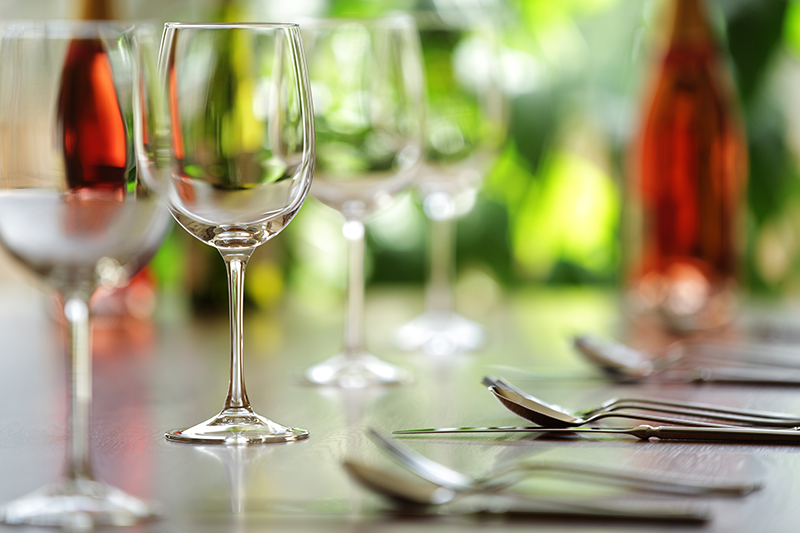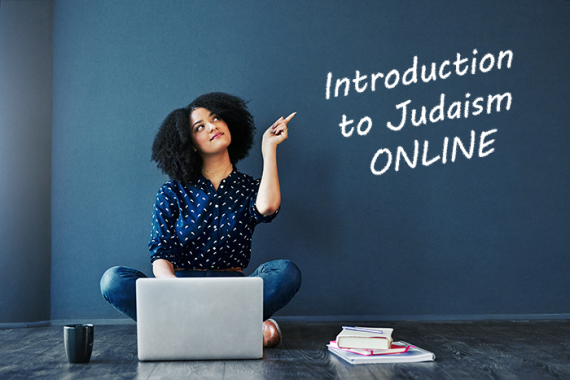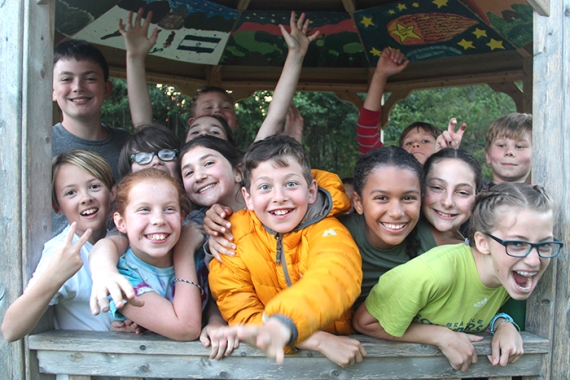
So you're attending a Passover ? Wonderful! Here are some things to know beforehand.
What's a seder?
The seder, a festive holiday meal, actually means "order." It is called this because the meal is done in a certain order which takes us from slavery to freedom. The - which means "the telling" – is the book used at the Passover seder. The Haggadah explains the foods on the seder plate, recounts the highlights of the Exodus, and includes songs, prayers, questions, and vignettes.
How serious is this?
Seders are meant to be low-key and fun. Questions are welcome and a lighthearted spirit is in order. After all, we are celebrating that we're not slaves anymore! At the seder, we can rejoice, take our time, and ponder the questions of freedom and service to God. Many people recline at the seder to celebrate being free.
Why is the Exodus from Egypt so important for Jews?
Because of the Exodus, the idea of enslavement formed a permanent impression on our collective consciousness. This, coupled with continuing admonitions in the Bible to take care of the less fortunate, has led us to be a people perennially concerned with world injustices and the disenfranchised.
The Exodus is our archetypal story of God as Deliverer and Redeemer. Here we learn that injustices can be fought and that we can draw strength from God.
With this expulsion from Egypt we became a people (no longer just a family group) on a symbolic as well as physical journey. Here we start our journey to Sinai where we will receive the Ten Commandments. We leave Egypt to serve God and to head toward the Promised Land.
Learn more about the history of Passover.
What should I wear?
Ask your hosts whether guests will be dressing casually or in dressy attire.
What should I bring?
Ask your hosts what you can bring for the seder, or for the dinner. Your host might ask you to bring the hard boiled eggs, the kosher horseradish, a vegetable dish, grape juice or kosher-for-Passover wine. If they don't specify what to bring, it is still nice to bring kosher-for-Passover candy or chocolates (found in many grocery stores at this time of year), flowers, or wine (the bottle must say it is kosher for Passover). Remember, if you are preparing a dish, it cannot contain any or it must say on the box that it is "kosher for Passover."
What do I say when I arrive?
You can say "Gut yontif" (Good Holy Day), "Happy Passover," or "" (Happy Festival).
What's on the big plate?
You will see the seder plate with the symbolic foods, and three matzot (plural of ) wrapped up together. There are several explanations for the three matzot the simplest is that two matzot are reminders of the double amount of manna that Jews in the desert collected on Shabbat and holidays, and one matzah is used for the breaking of the matzah in the seder.
Whose wine cup is in the middle of the table?
There will be a cup of wine that is filled for Elijah the prophet. There is a tradition that Elijah visits every Jewish home on Passover to witness the celebration, and perhaps to bring us this time into a messianic age (a time of peace and freedom for all).
Two more recent customs include Miriam's Cup, a glass of water on the table that reminds us of Miriam's well, which traveled with the Israelites in the desert, and putting an orange on the seder plate, among others.
What's going on?
Usually, one person acts as the leader of the seder. This person will usually ask people to read various parts of the Haggadah, which is written to take us through the seder in the proper order. You don't have to memorize anything ahead of time. Just remember that four cups of wine (or grape juice) will be drunk to remind us of the four promises of redemption in Exodus 6:6-7. You can drink just a little each time!
How about a preview?
Here's the basic order of most seders:
- Kadesh: The Kiddush blessing marking the holiness of this day and candles are lit, too, to mark the beginning of the holiday. When the seder falls on a Friday night, this Kiddush is recited for Passover and Shabbat. When the seder falls on a Saturday night, we continue with a special version of Havdalah.
- Urchatz: A ritual washing of the hands (not found in some Reform Hagaddot)
- Karpas: Eating a vegetable (often parsley) dipped in saltwater; with this step we combine the hopefulness of spring (represented by the vegetable) with the tears of slavery (the salt water).
- Yachatz: Breaking of the middle matzah; we remember the brokenness that slavery represents.
- Maggid: The telling of the story of the Exodus from Egypt. This story begins with the youngest person at the seder asking the (Mah Nishtanah), but don't worry: If you're the youngest and Hebrew isn't your area of expertise, you're off the hook! These questions provide the impetus for telling why this night is different from all other nights.
- Rachtzah: Washing of the hands a second time, done with a blessing since you are going to eat more substantial food
- Motzi: Recitation of the blessing before eating (leavened or unleavened) bread
- Matzah: A special blessing said before eating matzah at the seder
- Maror: Eating the bitter herbs to taste the bitterness of slavery
- Korech: Eating a sandwich of matzah and bitter herbs in fulfillment of Numbers 9:11. Then we eat a sandwich of matzah, maror, and
- Shulchan Oruch: Eating the dinner, which traditionally includes matzah ball soup, hard boiled eggs, gefilte fish, meat and vegetables, and macaroons
- Tzafun: A piece of the matzah that had been broken earlier has been hidden. This piece, known by the Greek word , is now found and eaten before the seder can continue. Often, kids are sent to look for it. This is one of several ways that the compilers of the Hagaddah entertain kids. Finding the afikoman symbolizes a move from brokenness toward healing. The afikoman (now the matzah of freedom) is supposed to be the last thing you eat on this evening.
- Barech: The recitation of the Birkat HaMazon, the grace after meals (either the short version or the long version)
- Hallel: The recitation or singing of Psalms of praise
- Nirtzah: A prayer that God accept our service; as our ancestors have for hundreds of years, we end our seders with the words "L'shanah haba'a b'irushalayim!" – Next year in Jerusalem! With these joyful words we hope to join with all Jews in a peaceful Jerusalem and we remember to keep working to make the world a better place.
Chag Sameach! Have a wonderful holiday!
Learn more about this topic by watching this video from BimBam.


